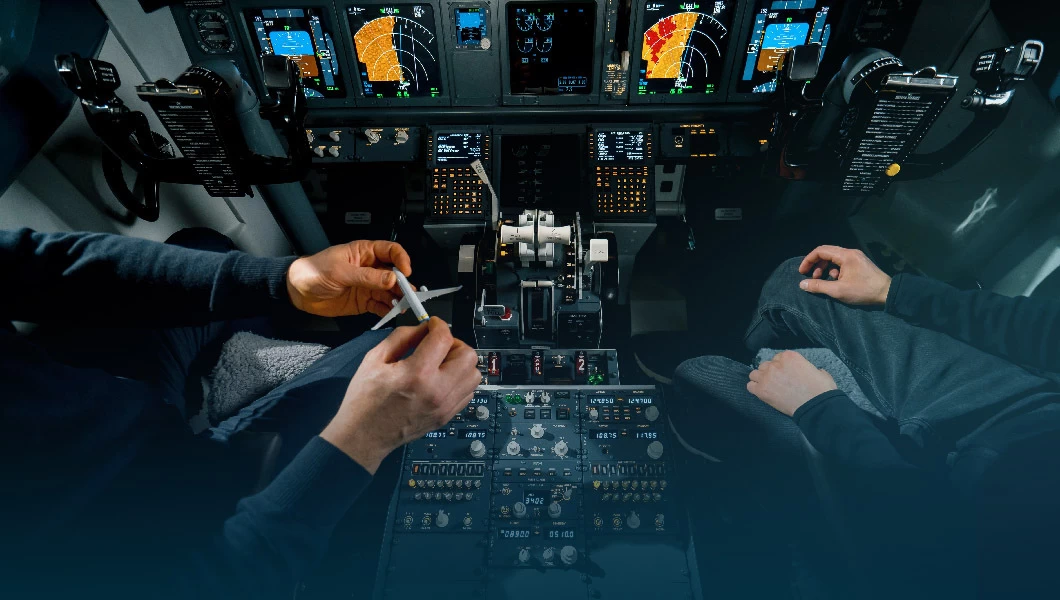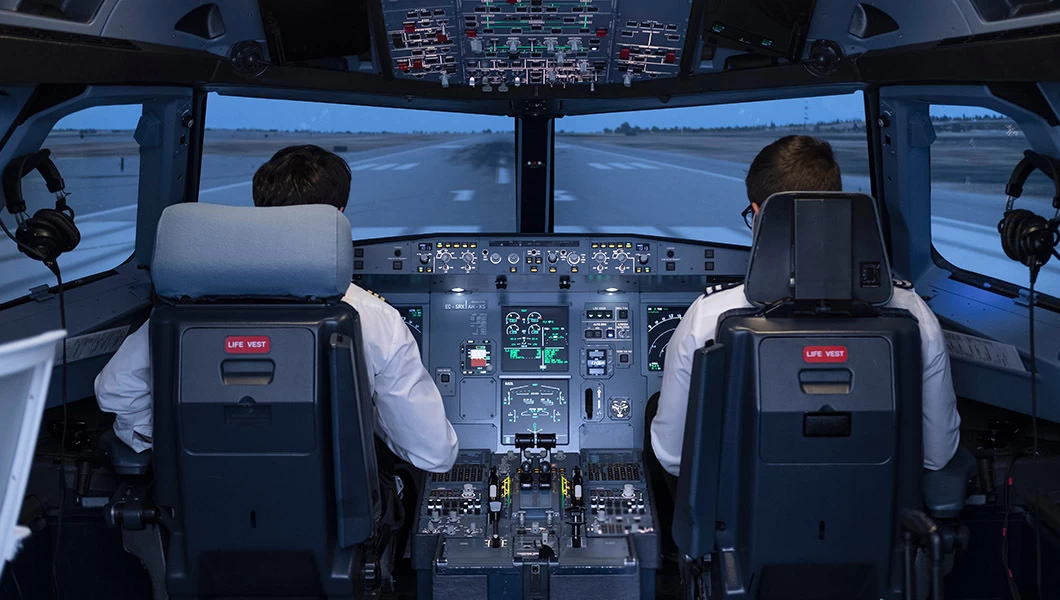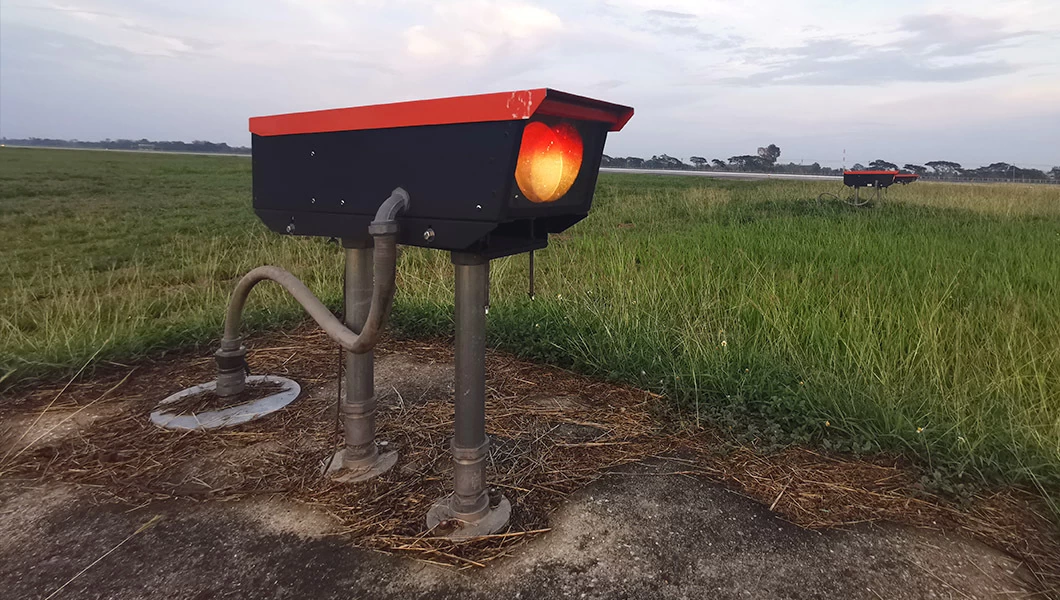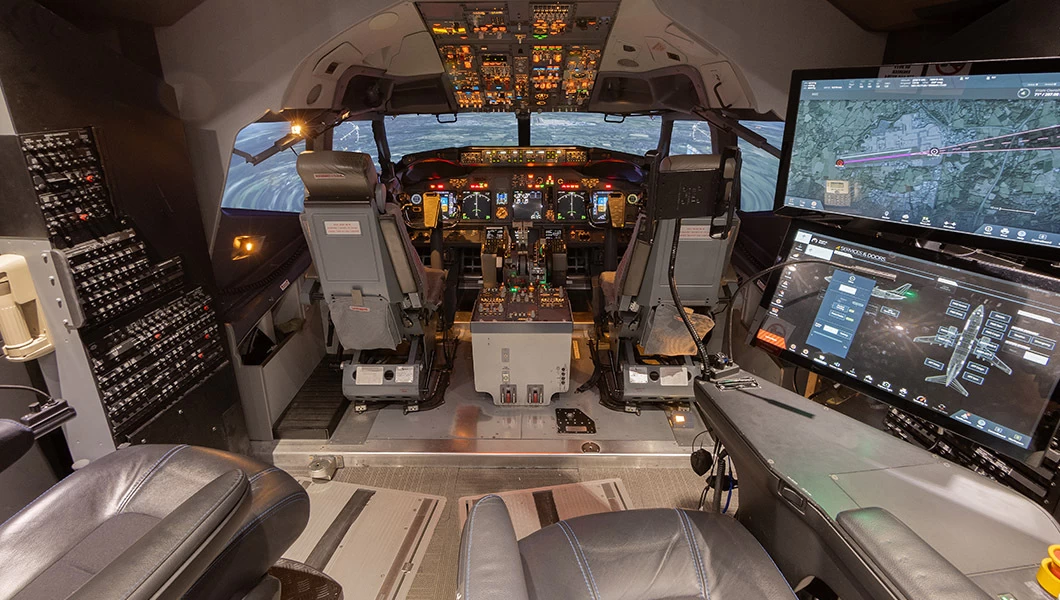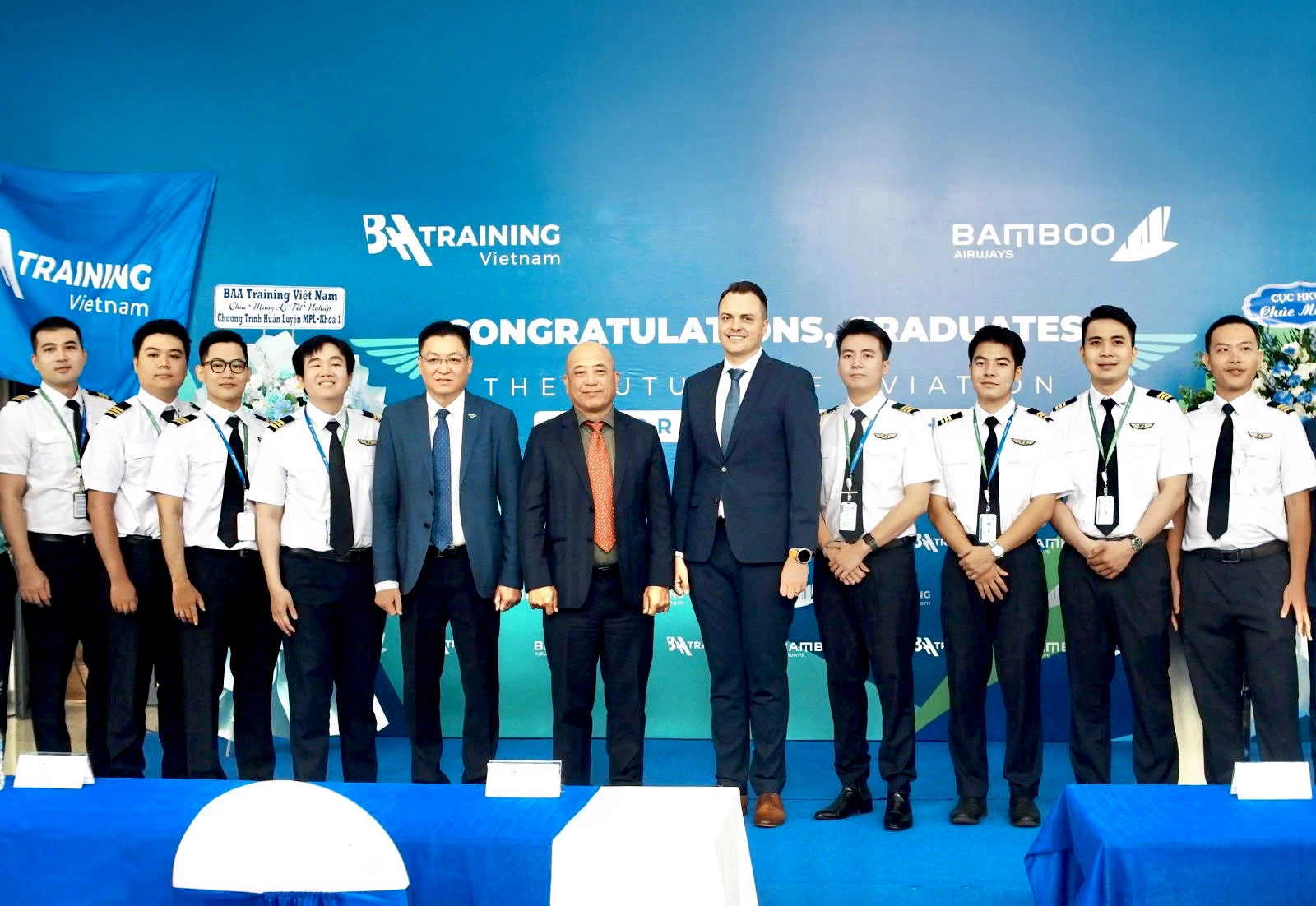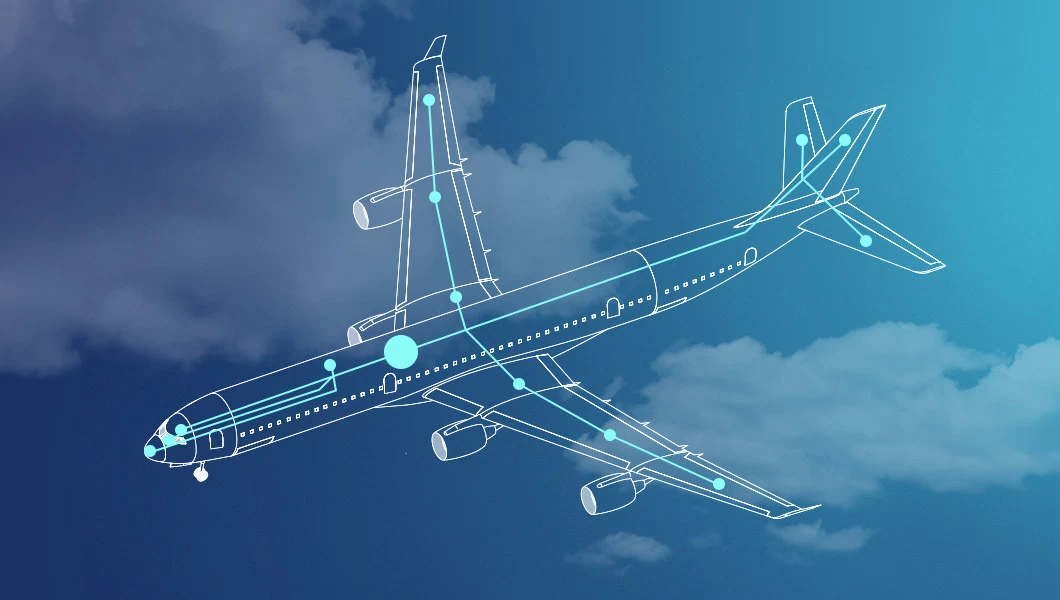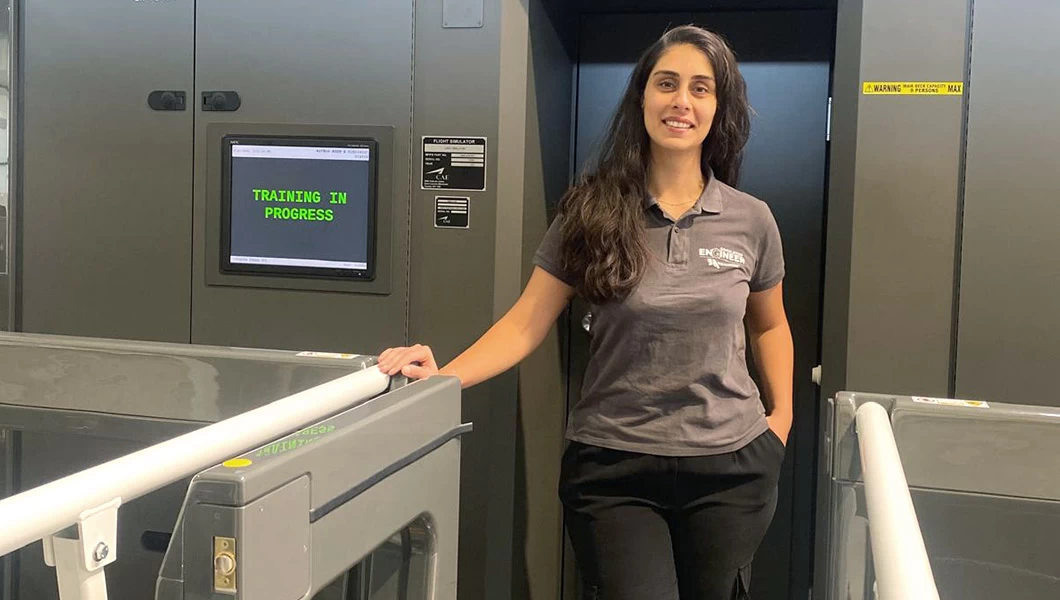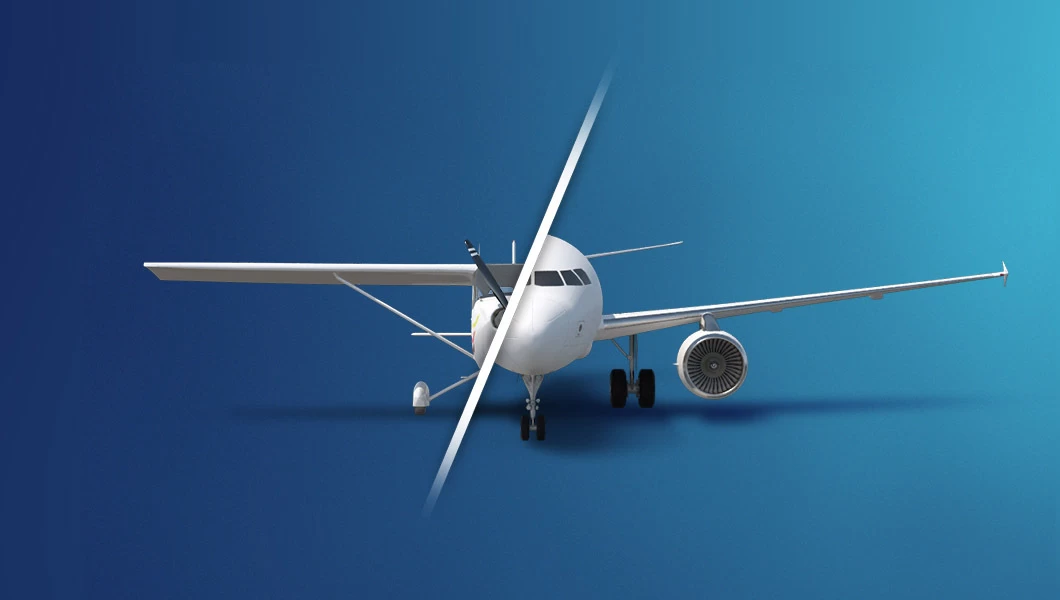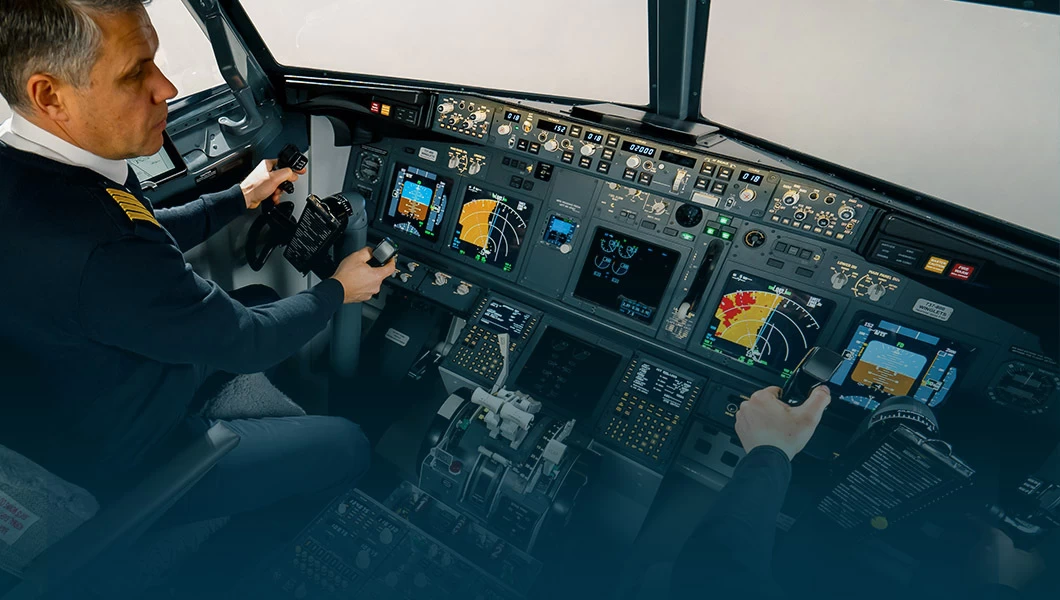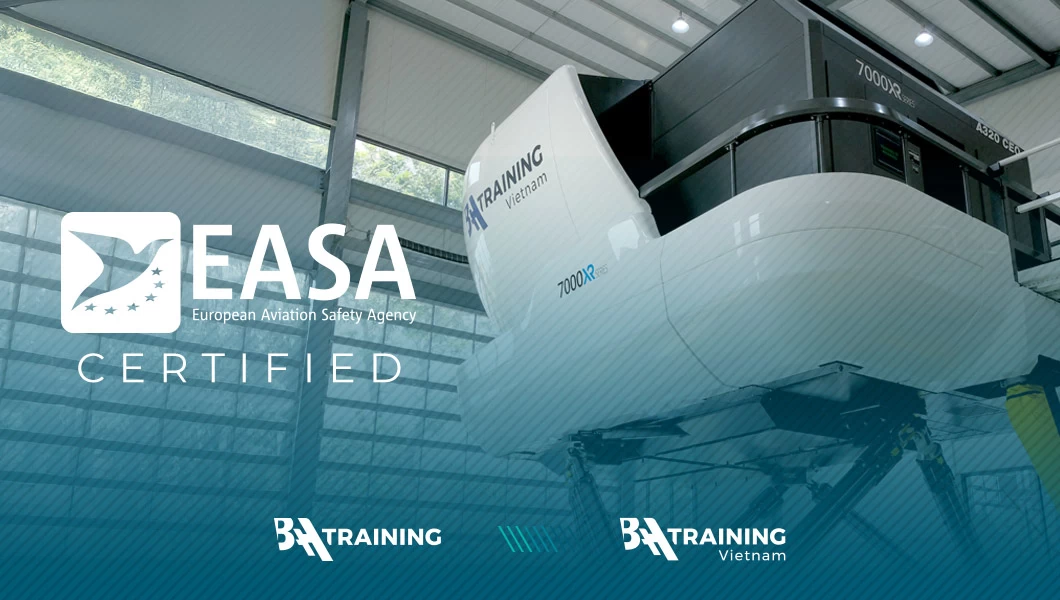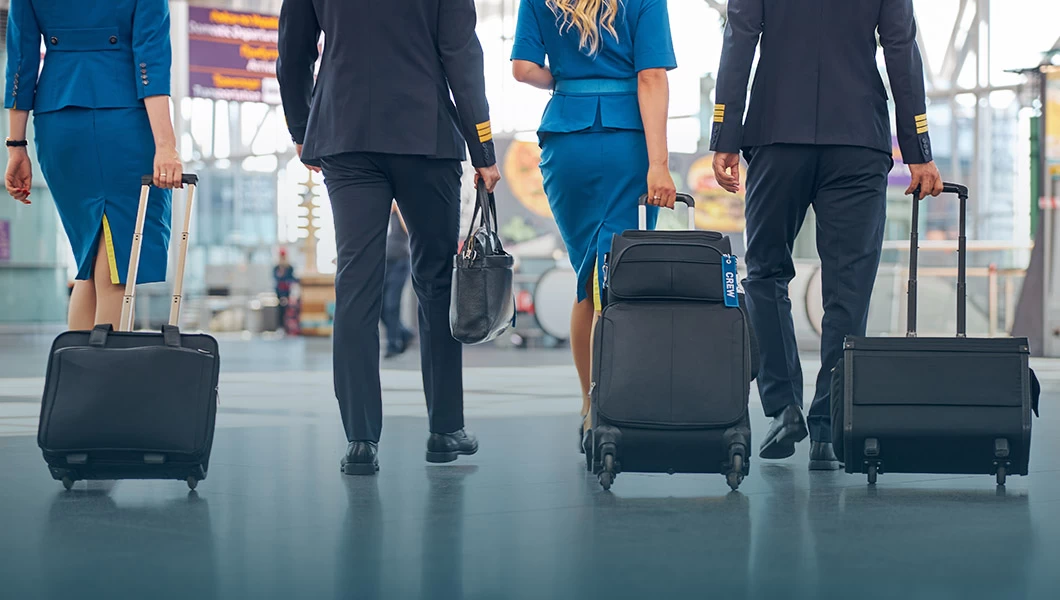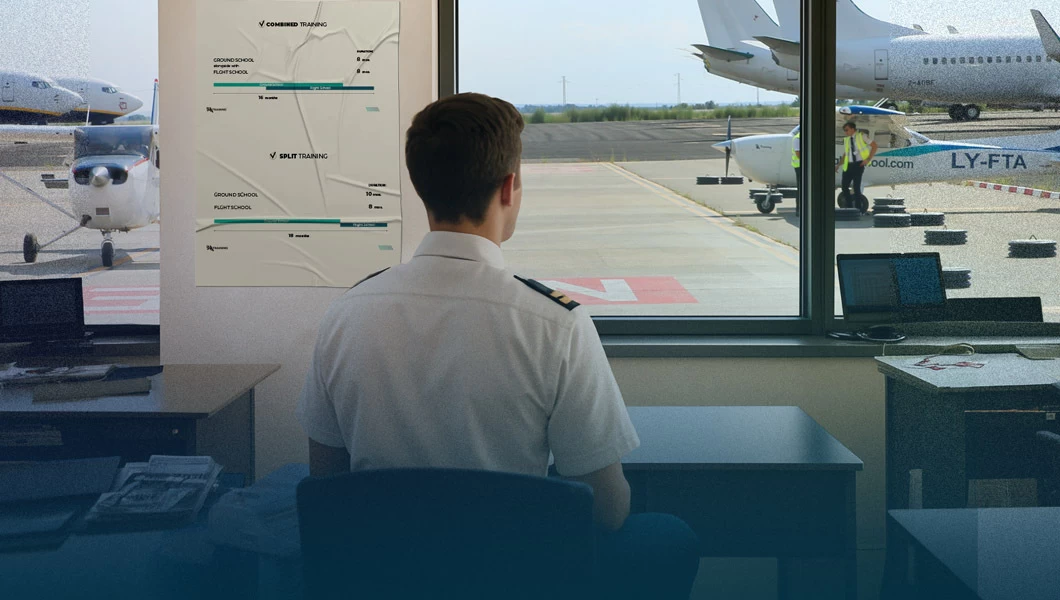As the aviation industry faces a projected shortfall of 141,000 pilots in Europe by 2032, training organizations are addressing a shift: type rating courses should prepare pilots not just to operate specific aircraft, but to work effectively across generational divides.
With Gen Z now comprising over a quarter of the global workforce, the industry actively recruits younger pilots while retaining experienced professionals. The result? Multi-generational flight decks where each pilot brings distinct strengths shaped by different eras.
Teaching the Same Skills to Different Minds
Type rating training has traditionally followed a standardized approach: theory, simulator sessions, base and line training, all built around consistent performance standards. What’s changing isn’t the standards themselves, but how instructors deliver the material to maximize learning effectiveness across different generations.
Younger pilots often gravitate toward interactive, technology-integrated learning tools. According to recent industry analysis, more than 36% of Gen Z students prefer an interactive learning experience, having grown up with instant feedback loops through gaming and digital platforms. They’re comfortable with rapid iteration—making mistakes in a simulator, receiving immediate data on what went wrong, and adjusting accordingly. Gen Z cadets expect sophisticated flight training apps, real-time dashboards, and simulators that reflect airline-level precision.
More experienced pilots typically value structured progression and thorough instructor-led debriefs. They bring pattern recognition developed over thousands of flight hours, which allows them to contextualize new aircraft systems within their broader operational experience. Their learning often benefits from connecting new procedures to established mental models built during years of flying less automated aircraft.
“We’ve found that the most successful type rating programs recognize that different pilots process information differently, regardless of age,” notes Stian Skaar, Head of Training at BAA Training. “The key is offering multiple pathways to the same competency standard—whether that’s through e-learning modules, traditional classroom sessions, or scenario-based simulator training. Our instructors blend digital tools with face-to-face instruction to engage both ends of the spectrum.”
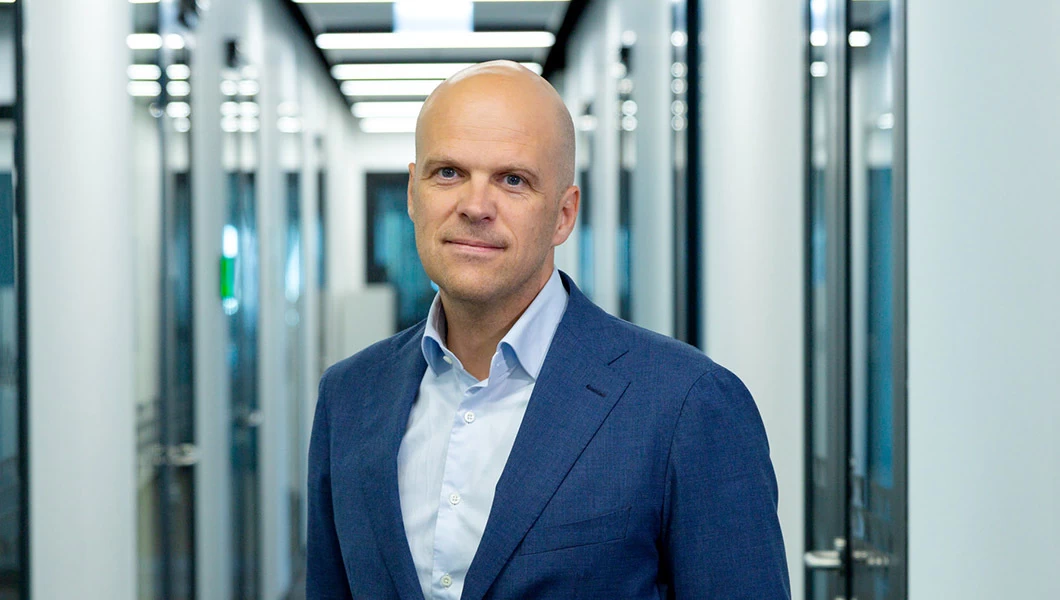
Effective type rating instructors in this day and age combine both approaches. Digital learning management systems provide younger pilots with the instant-access resources they expect, while maintaining face-to-face instruction that reinforces critical thinking and systems understanding. Simulator sessions incorporate both immediate technical feedback through data displays and structured debriefs that encourage discussion and knowledge transfer between crew members.
Similar ARTICLES
Communication and CRM Meet Them in the Middle
Crew Resource Management (CRM)—the systematic approach to teamwork, communication, and decision-making in the cockpit—takes on new dimensions when generations intersect. CRM focuses on the cognitive and interpersonal skills needed to manage resources within an organized system, emphasizing interpersonal communication, leadership, and decision-making.
Communication styles shaped by generational contexts can influence cockpit dynamics. Younger pilots, accustomed to rapid digital communication and less hierarchical workplace structures, may need to adjust to the more deliberate, protocol-driven exchanges required in aviation. Conversely, experienced pilots benefit from understanding that younger crew members’ direct communication style isn’t disrespectful—it’s simply a different cultural norm around hierarchy and feedback.
Your PILOT CAREER
starts with a first click
According to Skaar, type rating training provides an ideal environment to foster this mutual understanding. “When simulator crews include pilots from different generations, we can highlight how diverse perspectives strengthen safety,” he explains. “A younger first officer might spot an automation anomaly more quickly, while an experienced captain recognizes a pattern from previous incidents. The teamwork emerges when both feel empowered to speak up.”
Debriefs explore not just what happened technically, but how the crew communicated, who contributed information, and whether everyone felt heard. Industry research examining personality traits across generations in aviation has found that generational differences exhibited extremely small effect sizes, suggesting that while learning preferences may differ, the fundamental capabilities and professionalism remain consistent across age groups.
Defined Not as a Challenge but a Strength
The narrative that generational diversity creates training challenges misses a crucial point: it’s an operational asset. Airlines don’t operate with age-homogeneous crews, and mixed-generation environments help develop stronger CRM skills overall. They learn to adapt communication styles, leverage diverse perspectives, and build trust across different approaches to problem-solving. Effective training programs don’t treat generational differences as obstacles to overcome through standardization; instead, they recognize and leverage them as opportunities for growth.
One thing is worth recognizing—multi-generational cockpits are the reality of modern aviation, and that training pilots to thrive in that environment produces safer, more adaptable professionals ready for the complexities of contemporary air transport.
